 Asset Publisher
Asset Publisher
Polish forests
Poland is in the European lead, while concerning the area of all forests. They cover about 29,2 % of the country territory, and grow within the area of 9,1 million hectares. The overwhelming majority of the forests is state owned, of which almost 7,6 million hectares are managed by the State Forests National Forest Holding..
The number of Polish forest is still growing. The forestation rate of the country has increased from 21 % in 1945 to 29,2 % at the moment. Between 1995 and 2008, the forest area increased by 310 thousand ha. The basis for afforestation works is the "National Programme for Increasing the Forest Cover" (KPZL), assuming an increase of the forestation rate up to 30 % by 2020 and up to 33 % by 2050. Polish forests abound in flora, fauna and fungi. 65 % of the total number of animal species live there.
The forests grow in our country on poor soils, mainly because of the development of the agriculture in previous years. It influences the distribution of the types of the forest sites in Poland. Over 55 % of the forest areas is covered with coniferous forests. In other areas, there are forest sites, mainly the mixed ones. Their small part constitute alder and riparian forests – not more than 3 %.
In the years 1945 – 2011 the area of natural deciduous tree stands within the area of the State Forests National Forest Holding increased from 13 to 28,2 %.
Within the lowlands and uplands the most often occurring tee species is pine. It covers 64,3 % of the forest area of the State Forests National Forest Holding and 57,7 % of private and commune forests. In the mountains the predominant species is European spruce ( in the west) and European spruce with beech (in the east). Domination of pine is the result of carrying on sustainable forest management in the past. Once, the monocultures (crops or cultivations of one species) were the answer to the great demand of industry for wood. Such forests appeared to be quite fragile to climatic factors. They also were often the prey of pests' expansion.
In Polish forests, the share of other tree species, especially deciduous trees have been systematically increasing. The foresters have stepped aside from monocultures – that is why, they try to fit specific species of the forest stand to the natural stand, that would be proper for the given area. Thanks to that, in the years 1945 – 2011, the area of the deciduous tree stands within the lands of the State Forests National Forest Holding increased from 13 to 28,2 %. There occur more and more frequently the following tree species: oaks, ashes, maples, sycamore maples, elms, but also birches, beeches, alders, poplars, hornbeams, aspens, tilias and willows.
Our forests are the most often represented by the forest stands aged 40 to 80 years. The average age of the forest equals 60 years. More and more trees are of big size at the age over 80 years. Since the end of the Second World War, the forests' area has increased up to almost 1,85 million hectares.
Raport o stanie lasów w Polsce 2012
 Asset Publisher
Asset Publisher
 Asset Publisher
Asset Publisher
HISTORY
HISTORY
In 1286 the town of Gubin made a trade transaction that benefited the town and its growth for centuries, becoming its main source of income. The residents of Gubin have bought the Tholmer village, together with all its rights, outbuildings and adjacent land, from Henry the Illustrious. Although the village had been destroyed by the Husites, it was surrounded by valuable forests and meadows. The village was located around present-day Dzikowo, 8 km east of Gubin. Over the centuries, the purchase of the land proved to be a more and more valuable investment. It was a beginning of municipal forest growing on picturesque hills. The purchase was a well-founded move as the town could only expand to the east then (other directions were managed by monasteries).
In 1726 the residents of Gubin lodged a complaint on the authorities of the town on the matter of mismanagement of the municipal forests. The complaint had to do with allowing many villages to pick wood from the forests and the profit that could have been much higher. After the intervention the authorities limited wood picking (to two days a week) and made it available only for the residents of Gubin. In 1822 a forest deputation was created to manage the forest (it included the mayor, a member of the council and four residents; later also a head forester).
On 25 May 1830 a powerful storm has passed through the town and the forest. Around 140 thousand trees were blown down. The effects of the storm were visible for 10 years. The wood from the trees that were blown down was used for repairs of damaged buildings. In turn, in 1840 huge fires has hit the forest.
After that period, the forest management became more profitable and all the town districts were developing thanks to wise decision of the then mayor Bothmer. Dzikowo Forest District headquarters was built and the first forester obtained an office apartment. In the next years Gubin was hit by a few insect plagues. Many residents had to fight the plagues and thousands of marks were spent to fight it. In 1888 exploratory drillings were made in the forests in search for brown coal, however, the results were insignificant and unprofitable. The Municipal Forest District Office in Dzikowo was open until World War II. Its building was demolished in 1999 because of modernisation of a national road.
The area of around 6000 ha of municipal forests was divided into 6 forest rangers area in those times.
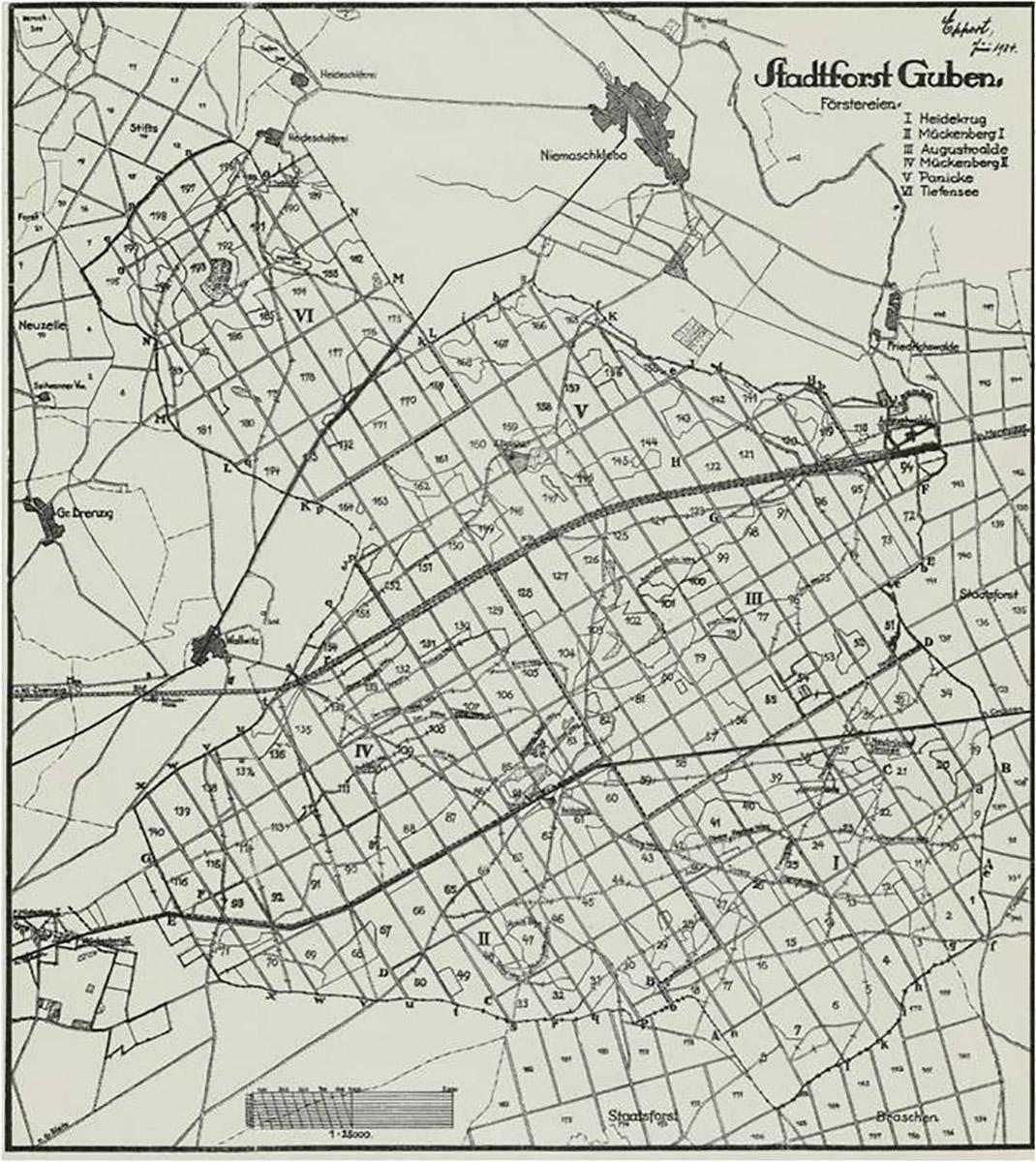
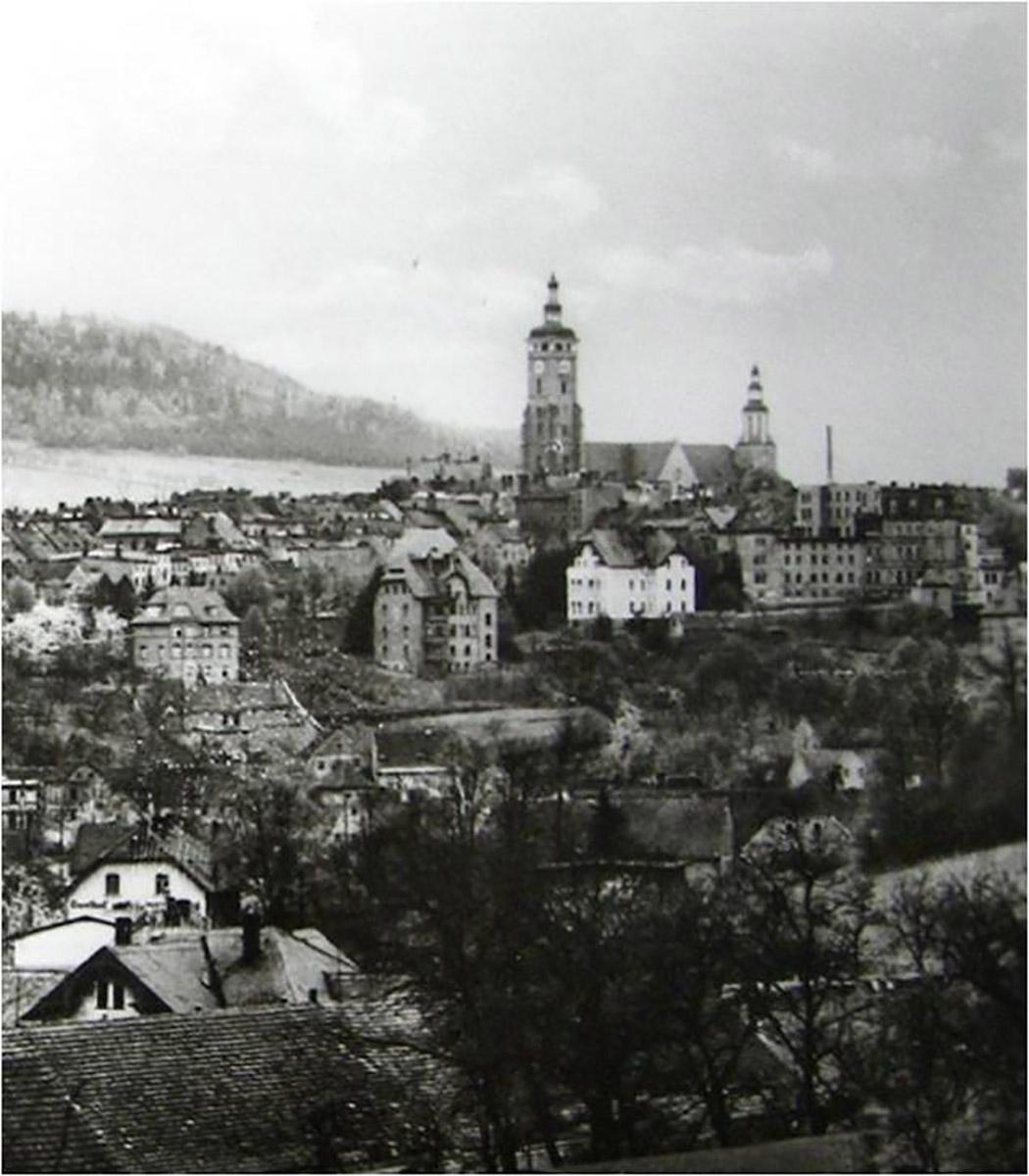
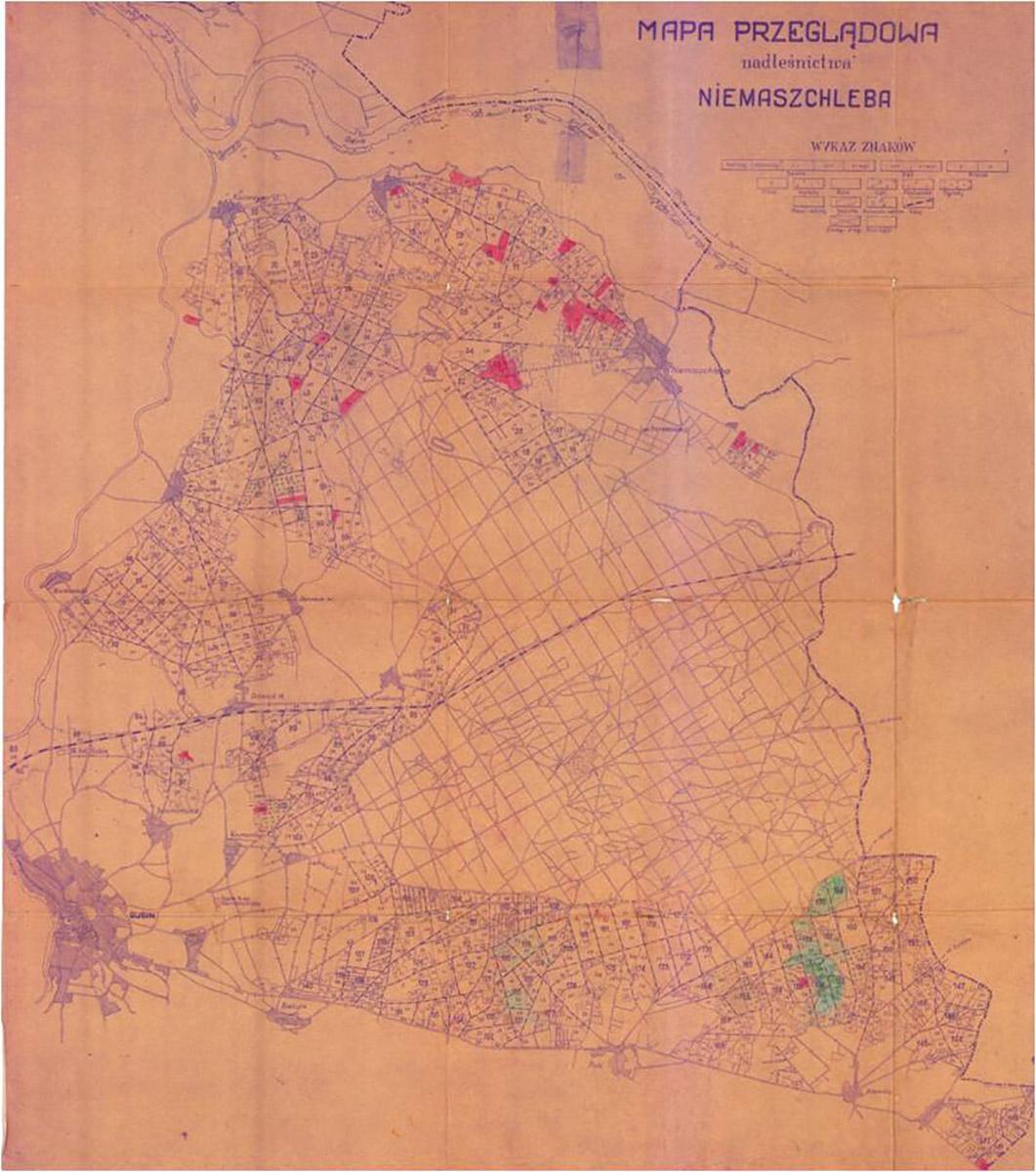
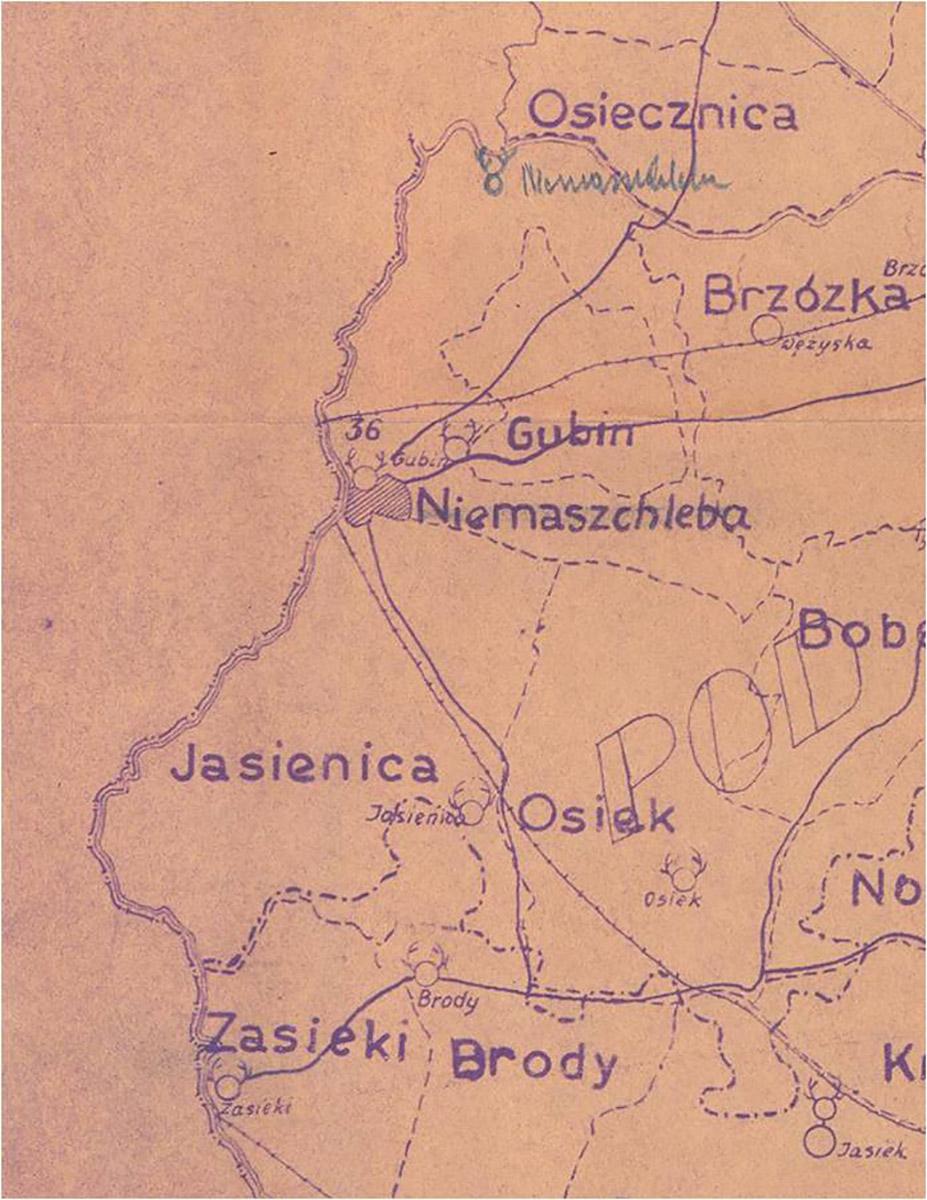
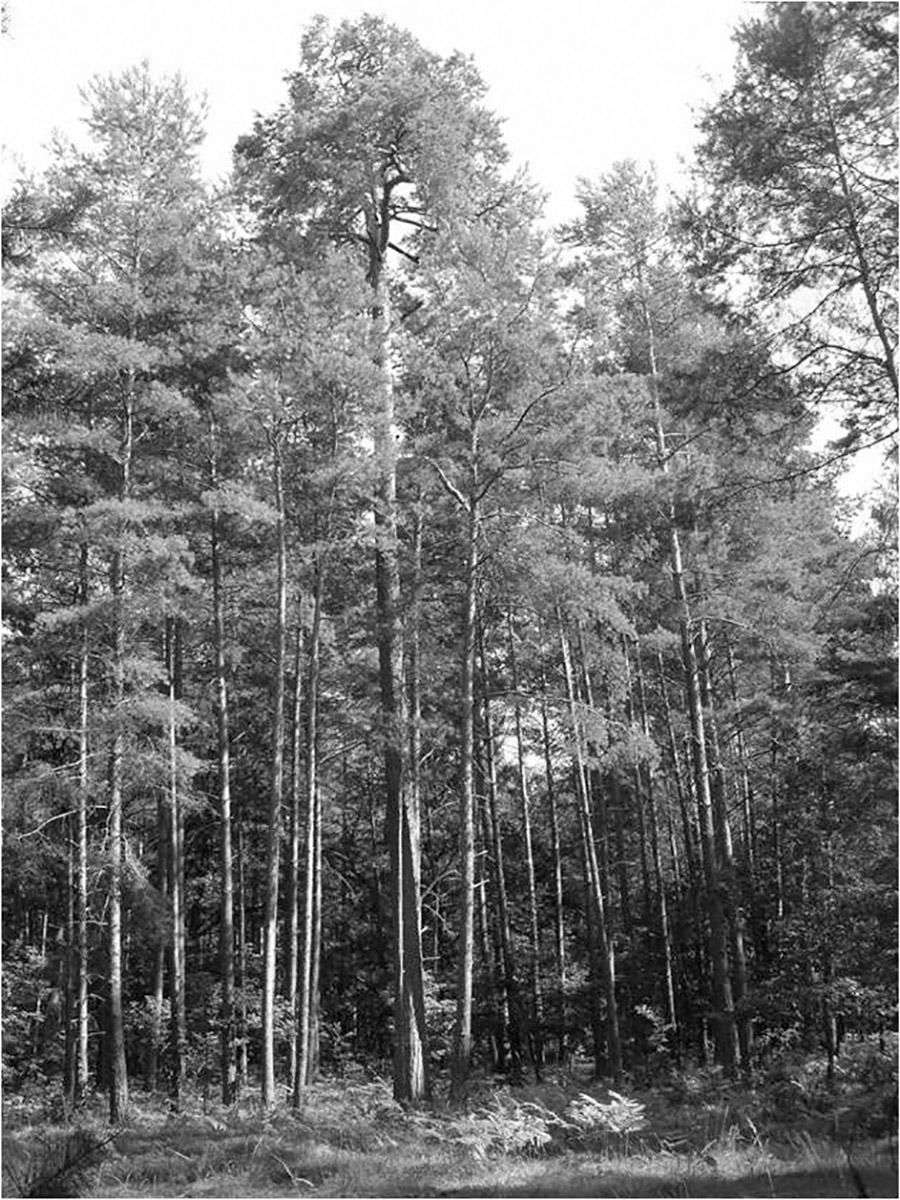

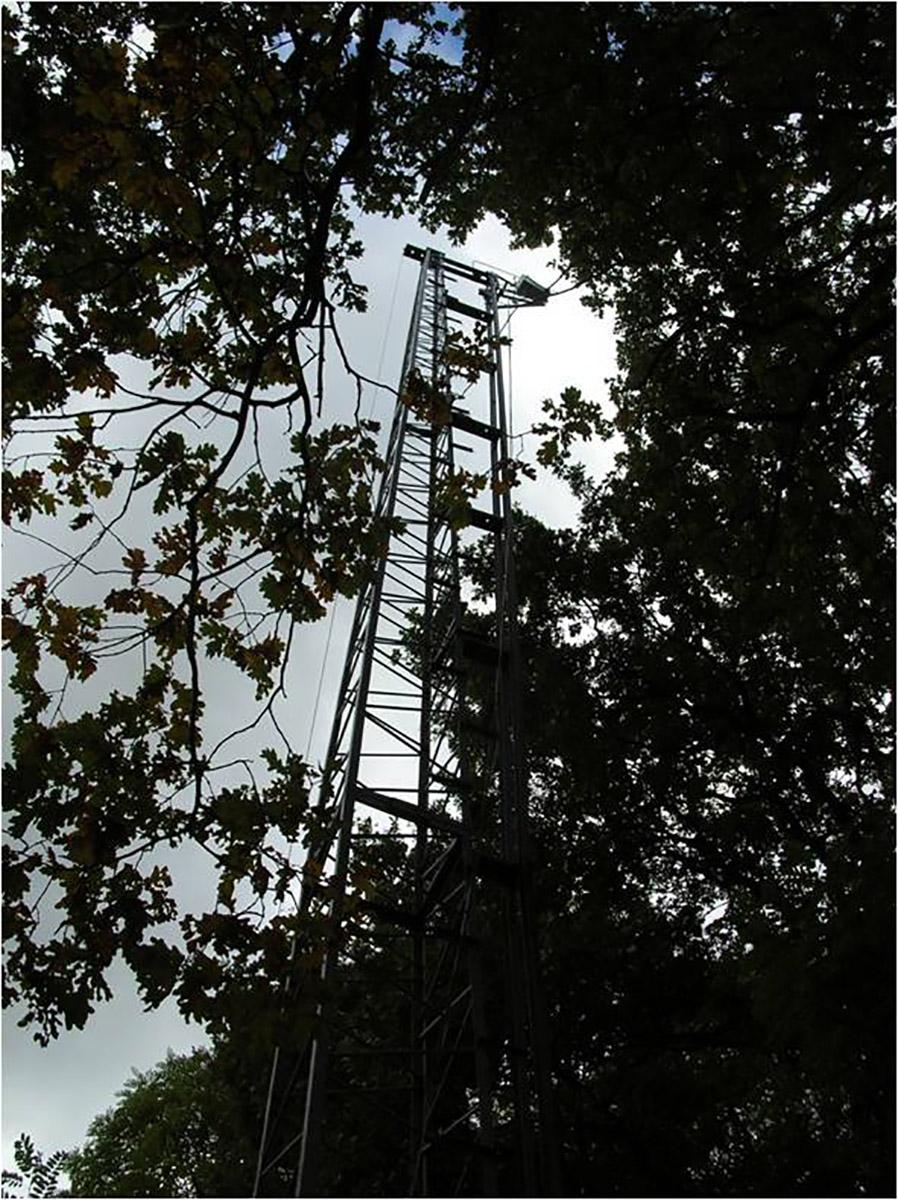

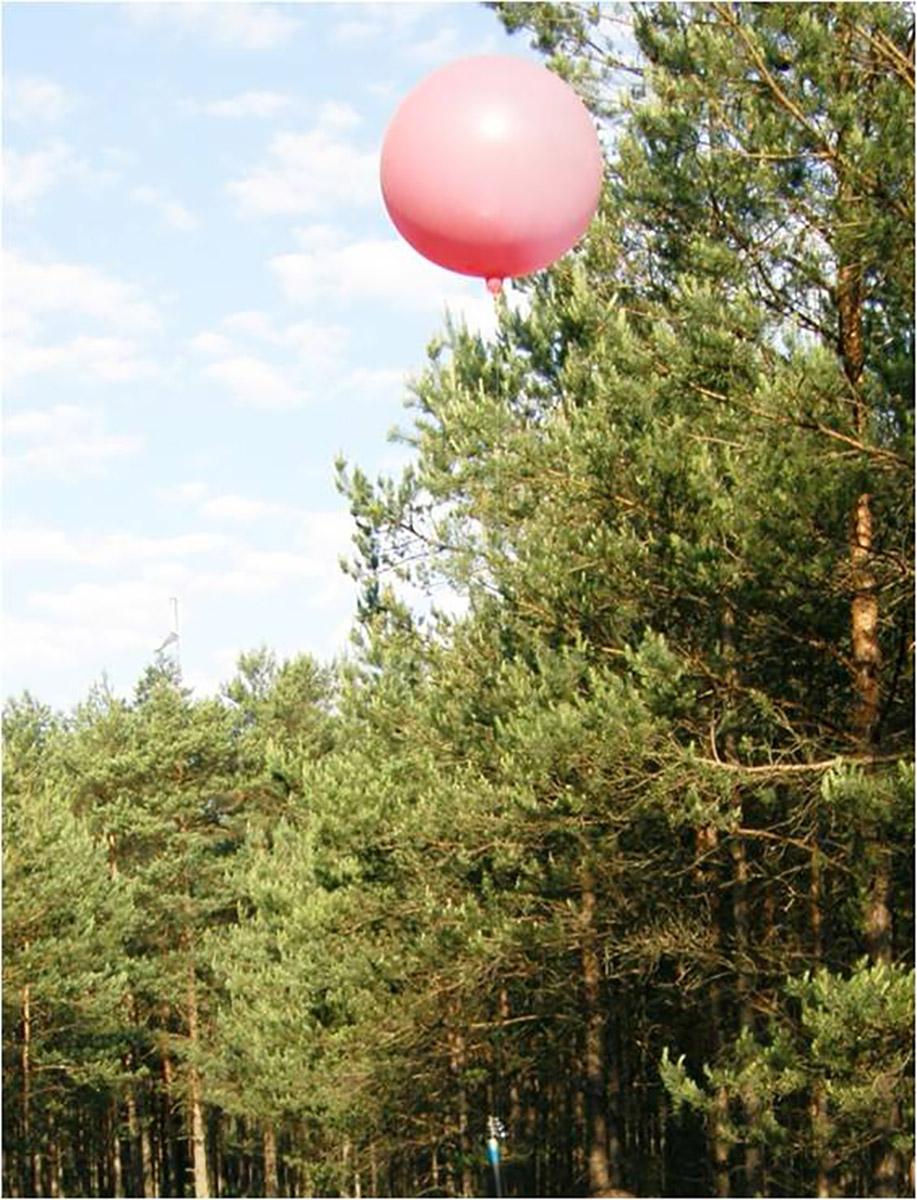
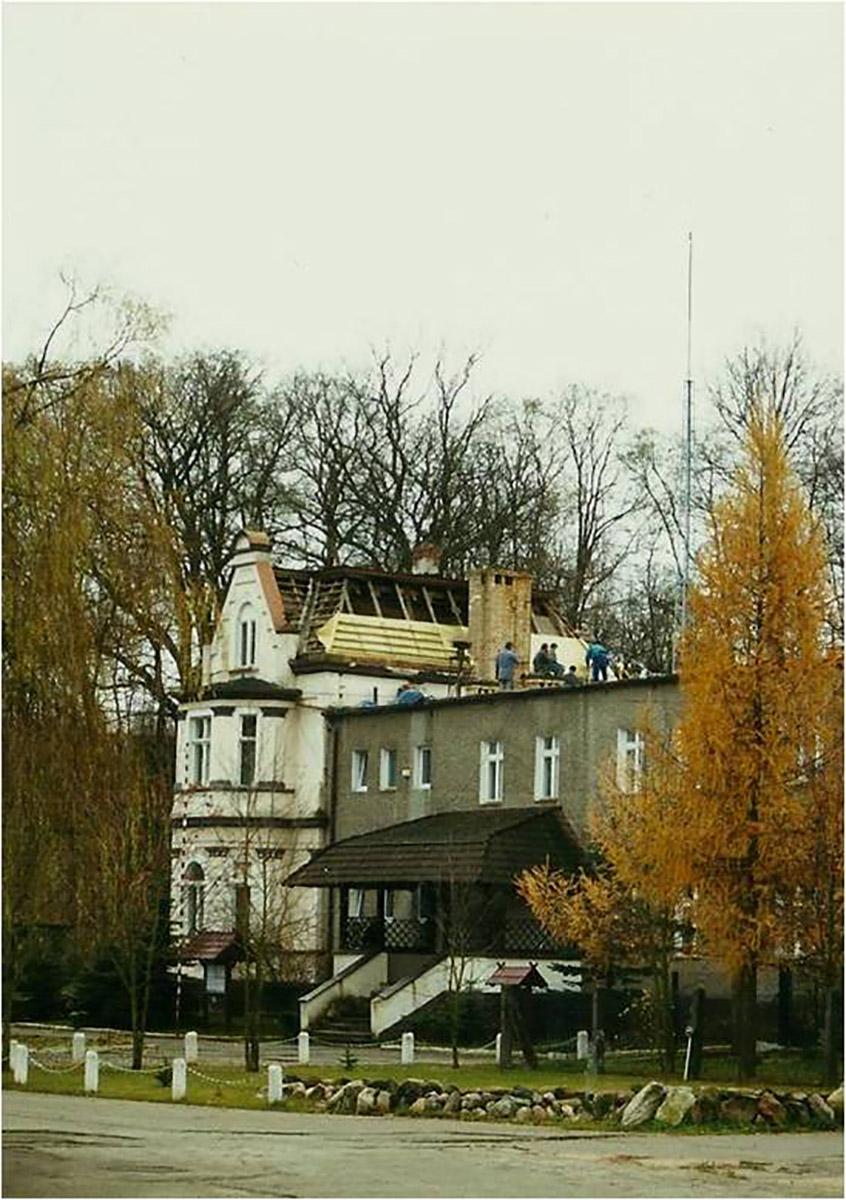


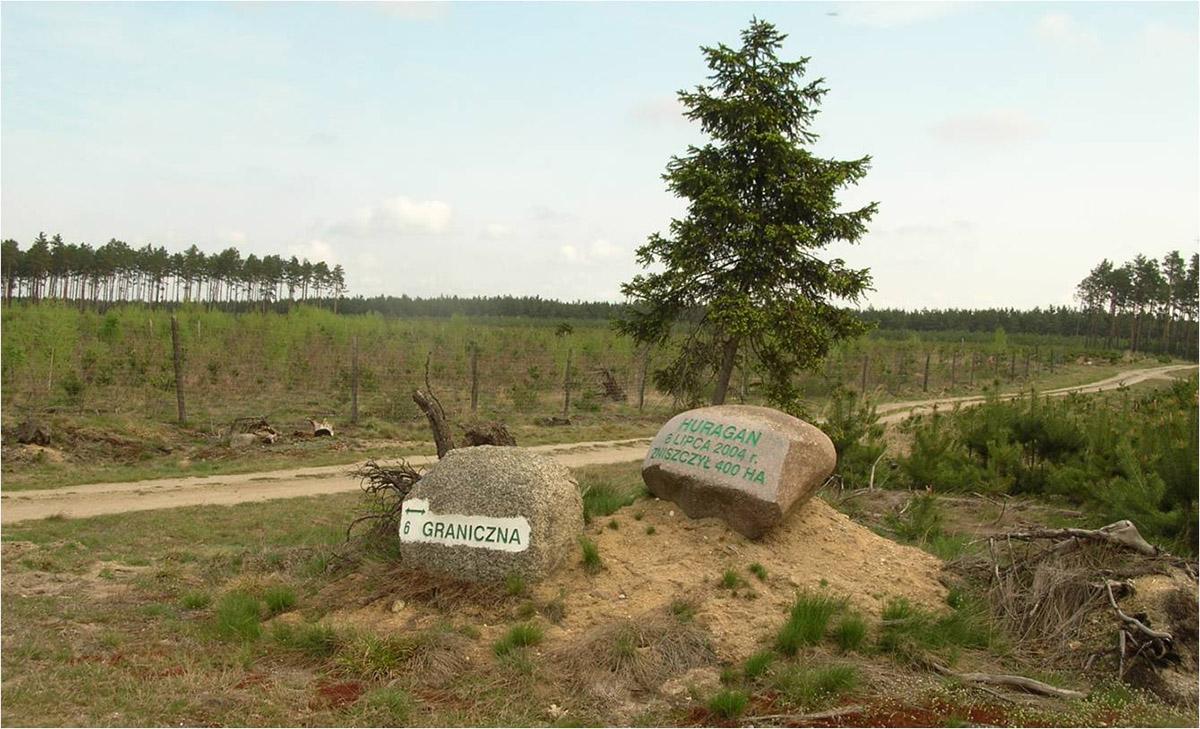
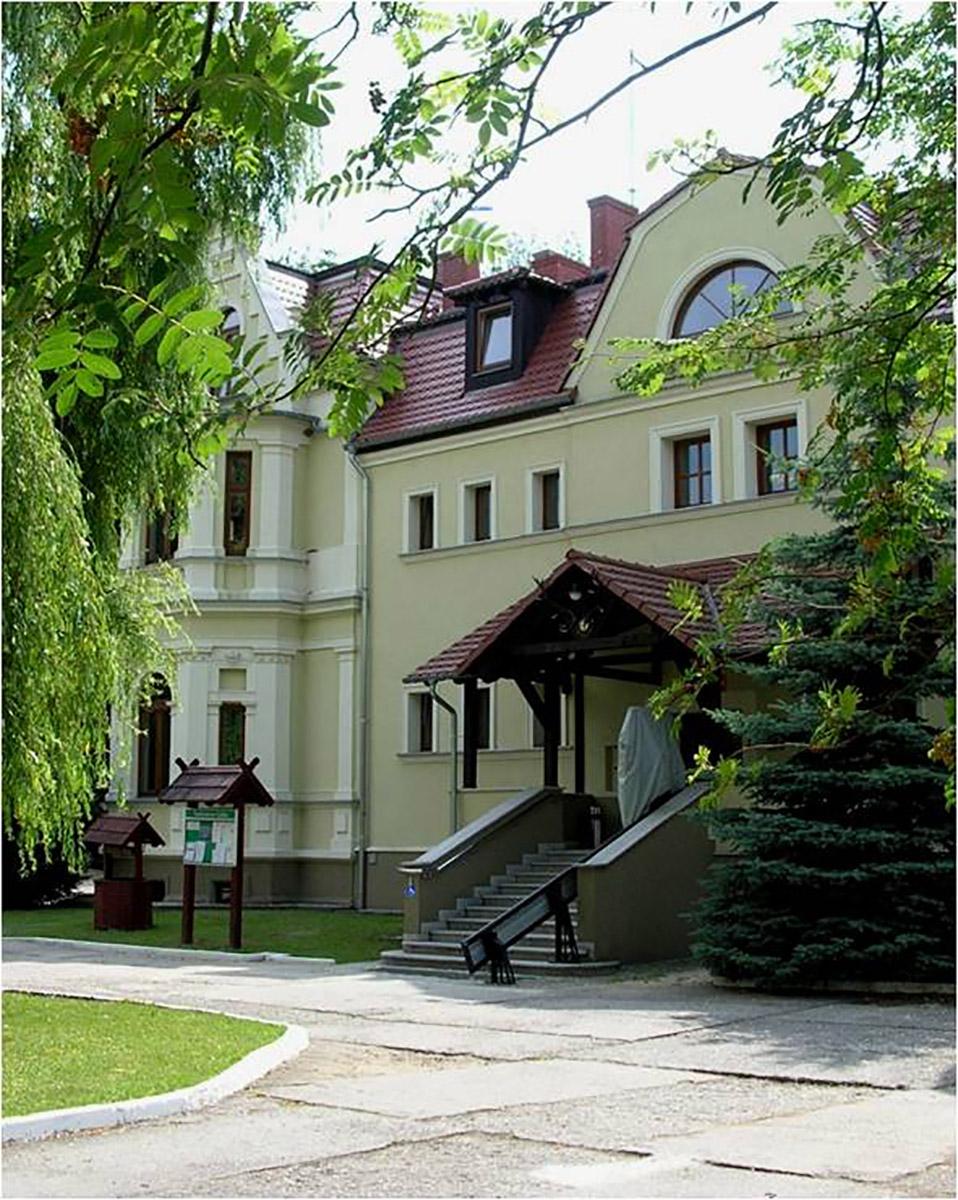


 fot. Paweł Fabijański
fot. Paweł Fabijański
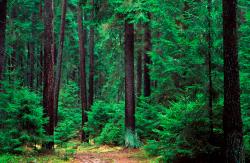 fot. Paweł Fabijański
fot. Paweł Fabijański
 fot. Paweł Fabijański
fot. Paweł Fabijański





